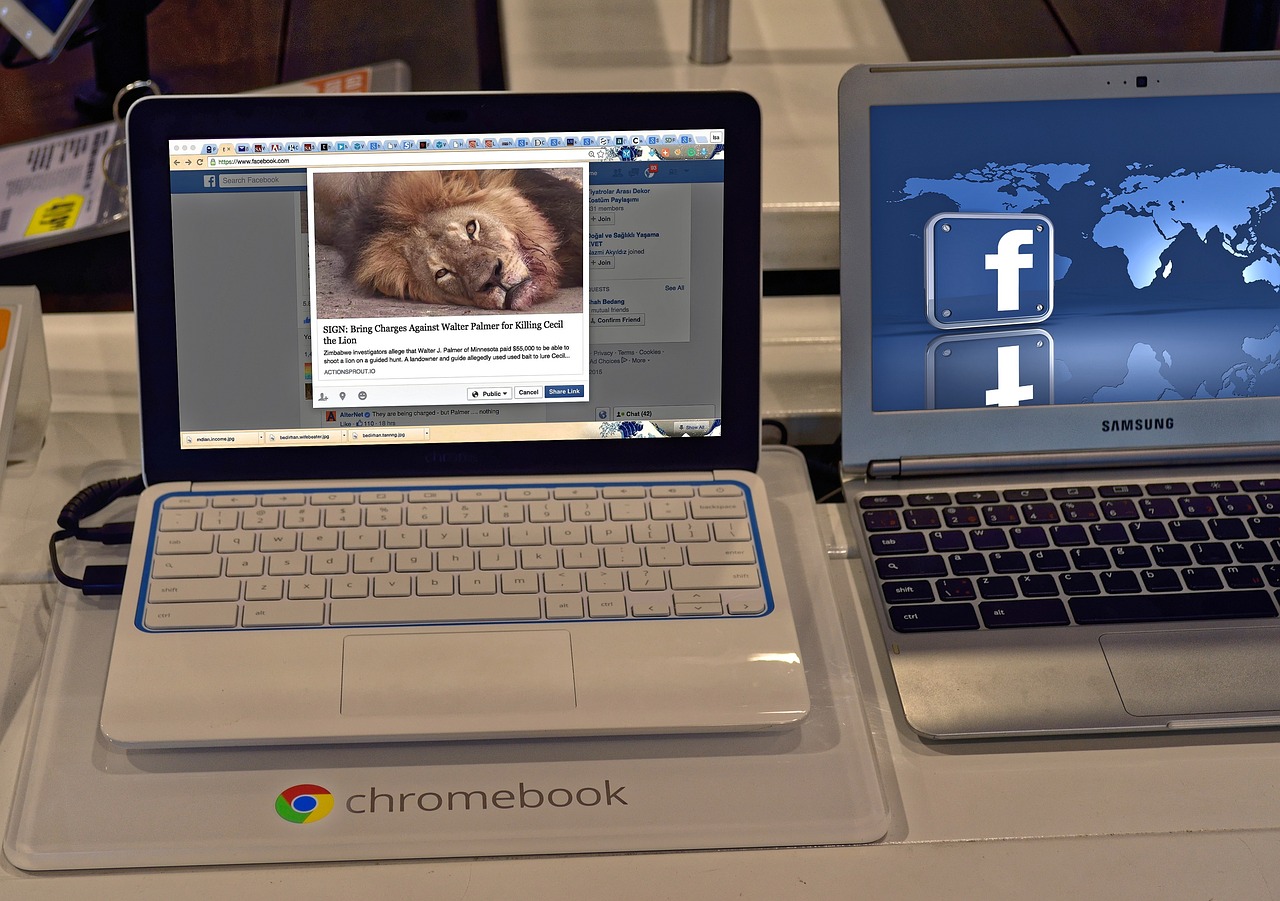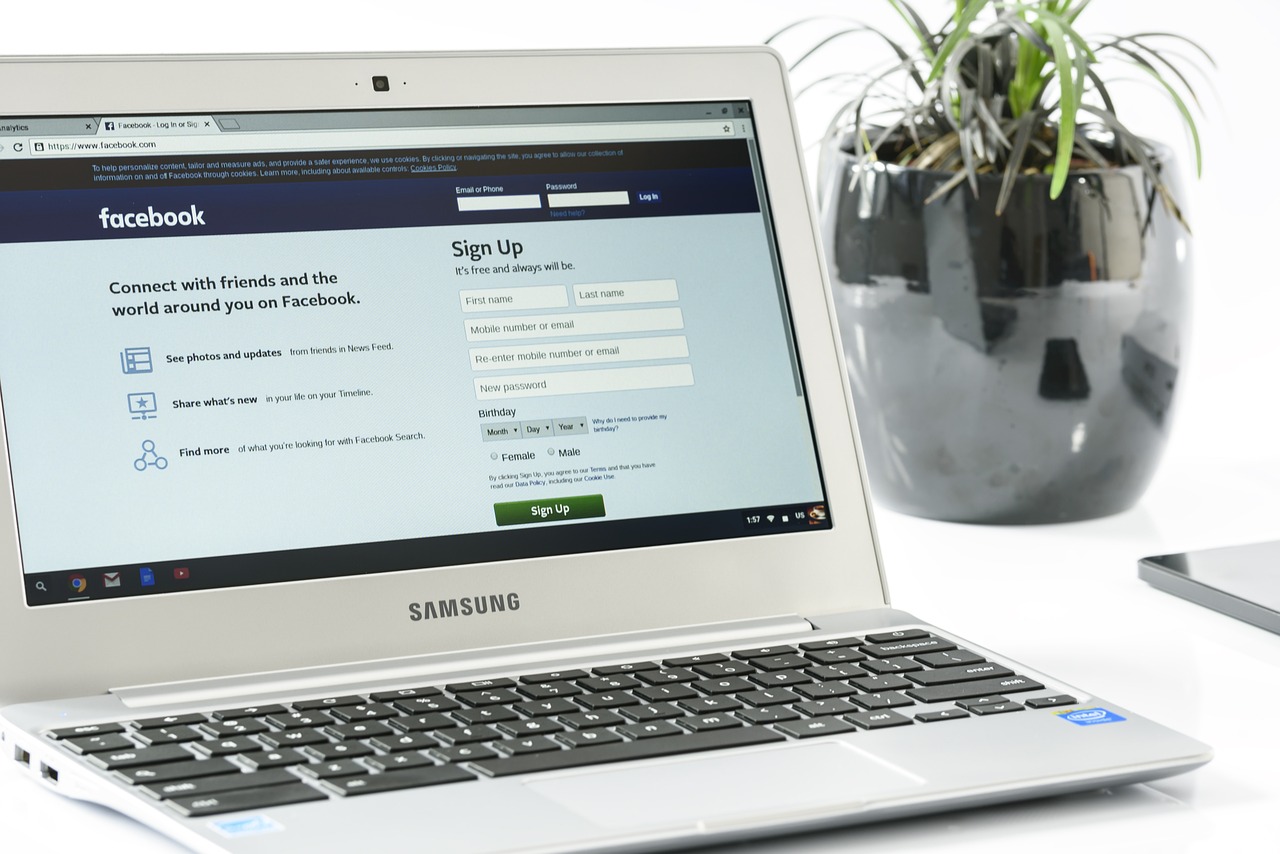
Adjusting Who Can See Your Posts
Controlling the visibility of your Facebook posts is crucial for maintaining privacy and managing your online presence. Let’s explore how to adjust settings for both future and past posts.
Privacy Settings for Future Posts
To set the default audience for your new posts:
- Go to Settings & Privacy > Settings
- Click on “Privacy”
- Under “Your Activity,” find “Who can see your future posts?”
- Click “Edit” and choose from the following options:
- Public: Anyone on or off Facebook
- Friends: Only your Facebook friends
- Friends except…: All friends, except those you exclude
- Specific friends: Only the friends you choose
- Only me: Only visible to you
- Custom: Create a custom list of people who can see your posts
Limiting the Audience for Past Posts
To restrict the visibility of your previous posts:
- Navigate to Settings & Privacy > Settings
- Click on “Privacy”
- Find “Limit Past Posts” under “Your Activity”
- Click “Limit Past Posts” and confirm your choice
Note: This action changes all past public posts to “Friends” only. It doesn’t affect posts shared with a custom audience or those you’re tagged in.
| Action | Effect |
|---|---|
| Limit Past Posts | Changes all public posts to “Friends” only |
| Individual Post Privacy | Remains unchanged for custom audience posts |
| Tagged Posts | Unaffected by this setting |
Managing Your Profile Information Visibility
Adjusting Profile Visibility
To control who can see your personal information:
- Go to your profile and click “About”
- For each section (e.g., Work and Education, Places You’ve Lived), click the audience selector icon
- Choose the appropriate privacy setting for each piece of information
| Information Type | Recommended Visibility |
|---|---|
| Phone Number | Friends or Only Me |
| Email Address | Friends or Only Me |
| Birthday | Friends |
| Work History | Friends or Public (if professional networking is desired) |
| Education | Friends or Public |
Using the “View As” Feature
The “View As” feature allows you to see how your profile appears to others:
- Go to your profile
- Click the three dots next to “Add to Story”
- Select “View As”
- Toggle between “Public” and specific friends to see different views
Use this feature to:
- Identify overshared information
- Ensure professional contacts see appropriate content
- Verify that sensitive information is hidden from the public
Securing Your Facebook Account

Enabling Two-Factor Authentication
Two-factor authentication (2FA) adds an extra layer of security to your account:
- Go to Settings & Privacy > Settings
- Click on “Security and Login”
- Scroll to “Two-Factor Authentication” and click “Edit”
-
Choose your preferred 2FA method:
- Text message (SMS)
- Authentication app
- Security key
Pros of using an authentication app:
- Works without cellular service
- More secure than SMS
- Generates codes offline
Monitoring Login Alerts and Active Sessions
Set up login alerts:
- Go to Settings & Privacy > Settings
- Click “Security and Login”
- Under “Setting Up Extra Security,” find “Get alerts about unrecognized logins”
- Choose how you want to receive alerts (notification, email, or both)
Review active sessions:
- In “Security and Login,” scroll to “Where You’re Logged In”
- Review the list of devices and locations
- Click “Log Out of All Sessions” if you spot any suspicious activity
Active Session Management Checklist:
- Review login locations regularly
- Check device types for unfamiliar entries
- Log out of unused or unrecognized sessions
- Update password if suspicious activity is detected
Controlling Who Can Find You on Facebook
Adjusting Search Engine Visibility
To prevent search engines from linking to your profile:
- Go to Settings & Privacy > Settings
- Click on “Privacy”
- Scroll to “How people find and contact you”
- Find “Do you want search engines outside of Facebook to link to your profile?”
- Click “Edit” and uncheck the box
Managing Friend Requests and Message Permissions
Control who can send you friend requests:
- Go to Settings & Privacy > Settings
- Click on “Privacy”
- Under “How people find and contact you,” find “Who can send you friend requests?”
- Choose between “Everyone” or “Friends of Friends”
Manage message permissions:
- Go to Settings & Privacy > Settings
- Click on “Privacy”
- Find “Who can contact me” section
- Adjust “Who can contact me” to “Friends” or “Friends of Friends”
Privacy-Enhancing Message Settings:
- Filter messages from people you’re not connected to
- Block messages from specific individuals or groups
- Limit message requests to friends of friends
Controlling Tagging and Timeline Visibility

Reviewing Tags Before They Appear on Your Timeline
Enable tag review:
- Go to Settings & Privacy > Settings
- Click on “Profile and Tagging”
- Find “Review tags people add to your posts before the tags appear on Facebook?”
- Click “Edit” and turn on tag review
Limiting Who Can Post on Your Timeline
Restrict posting permissions:
- Go to Settings & Privacy > Settings
- Click on “Profile and Tagging”
- Find “Who can post on your timeline?”
- Choose between “Friends” or “Only Me”
Timeline Control Options:
- Friends: Allow only friends to post
- Only Me: Prevent anyone from posting directly to your timeline
- Review posts: Enable review for posts you’re tagged in before they appear on your timeline
Managing Ad Preferences and Data Sharing
Customizing Ad Preferences
Adjust your ad settings:
- Go to Settings & Privacy > Settings
- Click on “Ads”
-
Review and adjust the following sections:
- Ad topics
- Ad settings
- Advertisers
| Ad Setting | Description | Recommended Action |
|---|---|---|
| Ad topics | Topics used to show you ads | Remove sensitive or irrelevant topics |
| Data used for ads | How your information is used for ad targeting | Limit data usage where possible |
| Audience-based advertising | Ads based on customer lists | Opt-out if desired |
Limiting Off-Facebook Activity Tracking
Manage off-Facebook activity:
- Go to Settings & Privacy > Settings
- Click on “Your Facebook Information”
- Select “Off-Facebook Activity”
- Review connected apps and websites
- Click “Clear History” to remove this data
- Toggle “Future Off-Facebook Activity” to prevent future tracking
Benefits of Managing Off-Facebook Activity:
- Reduced targeted advertising
- Increased privacy from third-party data collection
- More control over your digital footprint
Blocking and Unfriending for Enhanced Privacy
Blocking Users
To block someone:
- Go to the person’s profile
- Click the three dots next to “Message”
- Select “Block”
- Confirm your decision
Reasons to Consider Blocking:
- Persistent harassment or unwanted contact
- Protecting yourself from abusive individuals
- Maintaining professional boundaries
- Avoiding content from specific users
Regularly Reviewing and Managing Your Friend List
Periodically audit your friend list:
- Go to your Friends list
-
Review connections and consider:
- Unfriending those you no longer interact with
- Unfollowing users whose content you don’t want to see
- Adding close friends to a “Close Friends” list for increased sharing
Tips for a Secure Friend Network:
- Regularly review friend requests before accepting
- Use friend lists to organize contacts and control post visibility
- Consider the “Take a Break” feature for temporary distance from specific connections
- Utilize the “Restricted” list for contacts you want to limit access to your profile
By implementing these top 10 essential privacy settings, you can significantly enhance the security of your Facebook profile. Remember to review these settings periodically, as Facebook may update its privacy features. Stay informed about new privacy options and always err on the side of caution when sharing personal information online.
